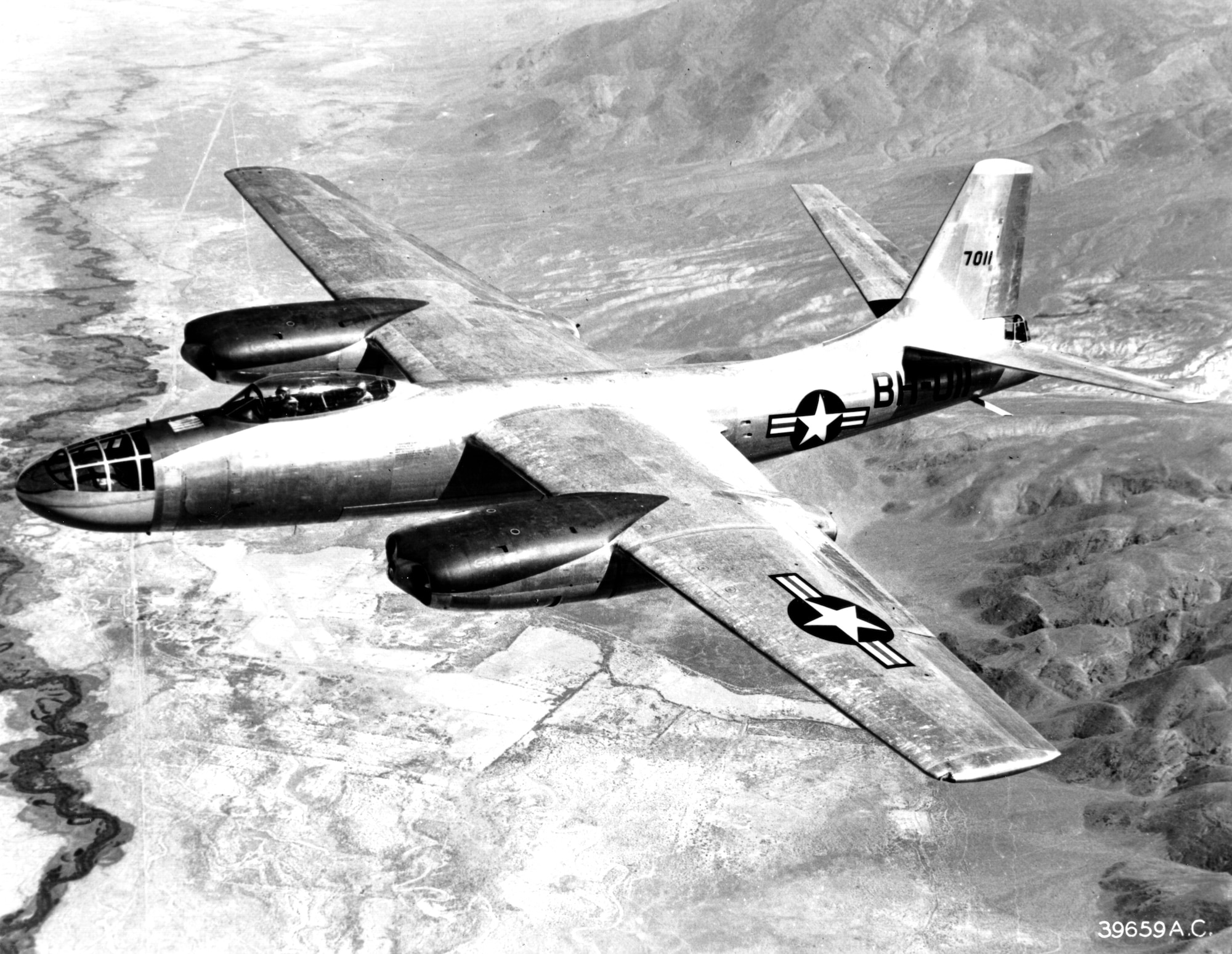-
Photo Details / Download Hi-Res
' + '
' + '
SHOW PHOTO DETAILS
'; } else { caption += $(this).find('figcaption').html() + getDetailsURL($(this).parent()) + getDownloadURL($(this).parent()) + showFBShare(); } } else { if (isMobile()) { caption += '
' + '
' + '
' + '
' + '
' + $(this).find('figcaption p').html() + '
' + getDetailsURL($(this).parent()) + getDownloadURL($(this).parent()) + showFBShare() + '
' + '
' + '
SHOW PHOTO DETAILS
'; } else { caption += '
' + '
' + $(this).find('figcaption p').html() + '
' + getDetailsURL($(this).parent()) + getDownloadURL($(this).parent()) + showFBShare(); } } return caption; }, afterLoad: function (instance, current) { //initial desktop view $(".fancybox-caption__body").addClass("a2a_kit").addClass("a2a_default_style"); if (isMobile()) $(".fancybox-caption__body").addClass("mobile"); }, afterShow: function (instance, current) { var $currentSlide = $(".fancybox-slide.fancybox-slide--current").parent().parent(); if (isMobile()) $currentSlide.find(".fancy-detail-link").on("touchstart", function () { captionToggle(); }); }, afterClose: function () { } })); let debounceTimer; $(window).on("resize", function (event) { if (isMobile()) return; if ($(".af3-caption-body").length > 0 && $(".af3-caption-body").css("height") != undefined) { event.stopImmediatePropagation(); $(".fancybox-caption__body").removeClass("half"); isDesktopInit = false; captionToggle(); debounceTimer = setTimeout(function () { clearTimeout(debounceTimer); debounceTimer = null; recalculateImageSize(); }, 1000); } }); function recalculateImageSize() { // Fancy box miscalculates because of race conditions with new layout var origImgWth = $(".fancybox-image").prop("naturalWidth"); var origImgHgt = $(".fancybox-image").prop("naturalHeight"); var winWth = $(window).innerWidth(); var winHgt = $(window).innerHeight() var ratio = Math.min(winWth / origImgWth, winHgt / origImgHgt); var newImgWth = (origImgWth * ratio); var newImgHgt = (origImgHgt * ratio); var dstTop = Math.floor((winHgt - newImgHgt)) / 2; var dstLeft = Math.floor((winWth - newImgWth)) / 2; $(".fancybox-content").removeAttr("style"); $(".fancybox-content").css("width", newImgWth + "px"); $(".fancybox-content").css("height", newImgHgt + "px"); $(".fancybox-content").css("transform", "translate(" + dstLeft + "px, " + dstTop + "px)"); } function captionToggle() { if ($(".fancybox-caption__body").hasClass("af3-caption-body")) { $(".af3-caption-body").stop(true, false).animate({ height: "0vh" }, 800, function () { // Animation complete. closeDetails(); }); $(".fancy-photo-detail-link").html($(".fancy-photo-detail-link").html().replace("CLOSE", "SHOW")); } else { $(".fancybox-caption__body").addClass("af3-caption-body"); $(".af3-caption-body").addClass(detailSize); $(".af3-caption-body").animate({ height: displayhgt }, 800); $(".fancybox-caption").addClass("af3-caption-bg"); $(".base-caption-info").addClass("full-height"); $(".fancy-photo-detail-link").addClass("photo-detail-gradient"); $(".fancybox-button").css("display", "none"); $(".fancy-photo-detail-link").html($(".fancy-photo-detail-link").html().replace("SHOW", "CLOSE")); $(".fancybox-caption__body").prepend(prependClosing()); $(".closing-box, .closingx").on("touchstart", function () { captionToggle(); }); } } function getDetailsURL(fbObj) { return 'DETAILS'; } function getDownloadURL(fbObj) { return 'DOWNLOAD'; } function showFBShare() { return ''; } function closeDetails() { $(".af3-caption-body").removeClass(detailSize); $(".fancybox-caption__body").removeClass("af3-caption-body"); $(".fancybox-caption").removeClass("af3-caption-bg"); $(".base-caption-info").removeClass("full-height"); $(".fancy-photo-detail-link").removeClass("photo-detail-gradient"); $(".fancybox-button").css("display", "block"); if (detailSize === "half") { detailSize = "full"; displayhgt = "90vh"; $(".fancybox-caption").removeClass("desktop-init"); } } function prependClosing() { return '
' } });
- Published
- By Greg L. Davis
- 72nd Air Base Wing Public Affairs
The North American B-45 “Tornado” was a four-engine, light bomber produced almost immediately after World War II. The aircraft was the first all-jet bomber built for the newly established United States Air Force and proved to be a transitional aircraft built in low numbers and with relatively little operational success.
The Tornado had a crew of four consisting of two pilots, a navigator and tail gunner. The aircraft sat on a tricycle landing gear configuration with a shoulder mounted wing which contained two engines podded together under each wing near the fuselage. Although it incorporated the latest technology for its engines by using J47 turbojets, the B-45 had a straight (unswept) wing reminiscent of the slower reciprocating engine bombers built during the war years. A dedicated gunner’s position was incorporated beneath the vertical tail with two 12.7mm Browning machine guns for limited self-defense. The horizontal stabilizers had a slight anhedral angle and were slightly swept, as well.
Tinker’s connection to the B-45 was fleeting. Only two aircraft were processed through the Oklahoma City Air Material Area, according to official documents from the Tinker History Office. It is presumed these two aircraft were being reconfigured from light bombers to reconnaissance aircraft as the type was involved in Korean War missions during this time. The J47-GE-13 engines used by the Tornado were likely overhauled here as it was an engine used by multiple aircraft types and the OC-AMA overhauled 13,000 engines.
The B-45 was produced in very low numbers. This can be directly attributed to the immediate recognition the straight wing it used limited its speed and efficiency. There were only 96 bubble-canopied B-45As produced with the aircraft entering operational service at Barksdale AFB, Louisiana, in November 1948. The proposed B-model never entered production. There were only 10 B-45Cs produced before production switched to the RB-45C reconnaissance version. There were 33 RB-45Cs which had 12 cameras dispersed through four fuselage positions along with an elongated nose and framed canopy. The bomb bay of RB-45Cs was converted to accommodate 25 M122 flash-bombs while wingtip fuel tanks were added to extend the loiter-time or maximum range of the aircraft. These modified RB-45Cs played a limited role during the Korean War while flying from bases in Japan. One of the most significant milestones held by the RB-45C Tornado was when it conducted the first jet powered aerial refueling using a “flying boom” from a KB-29P aerial tanker, according to Tinker history documents.
The B-45 Tornado was phased out of the Air Force inventory in 1959, having spent just over a decade in operational service.
Manufacturer: North American
Aircraft type: B-45
Nickname: Tornado
Crew: 4
Power Plant: Four General Electric J47 turbojet engines producing 6,000 pounds of thrust each.
In-service dates: March 17, 1947-1959
Number produced: 142
Tinker connection: Maintenance and reconnaissance upgrades
